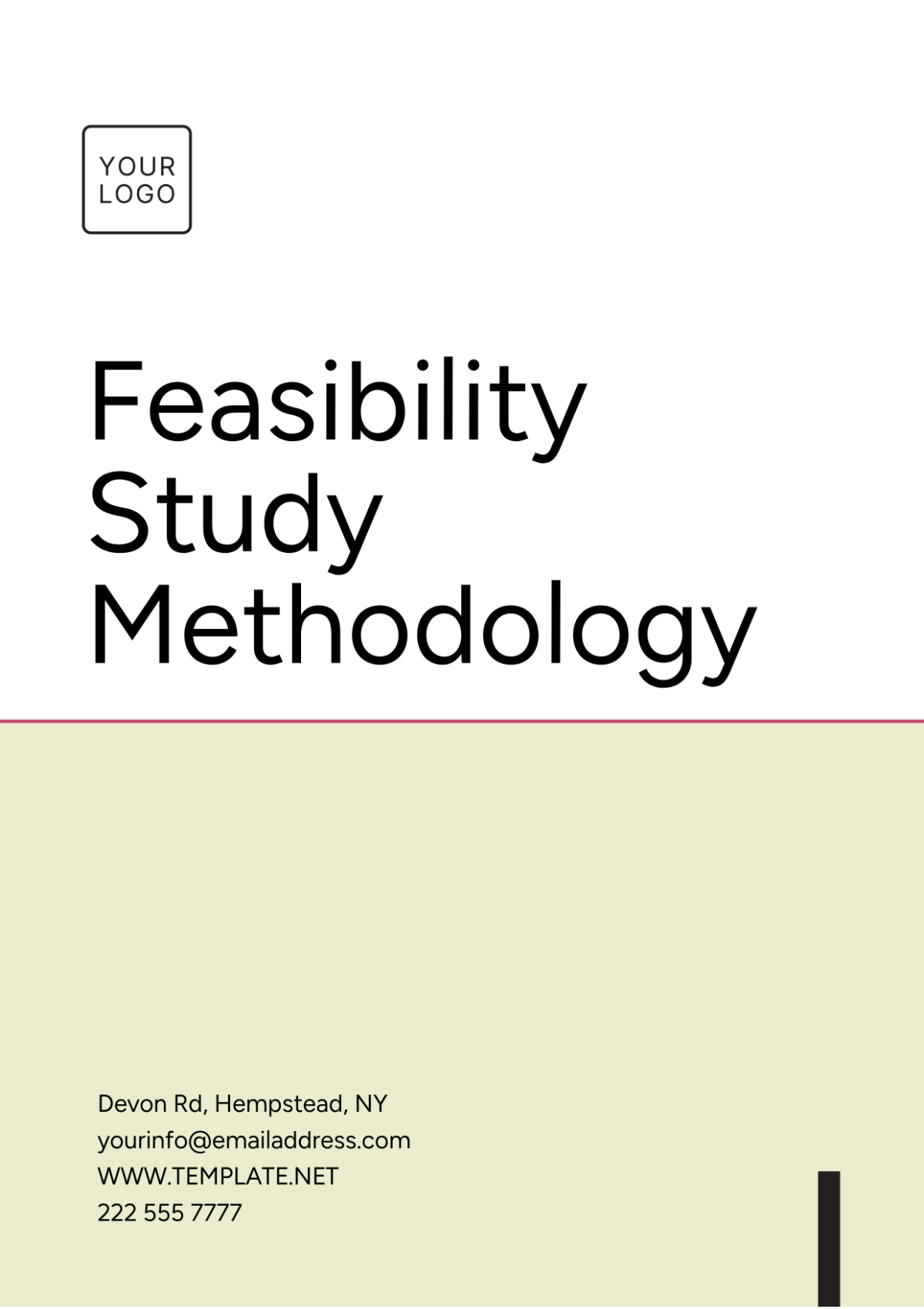Professional Feasibility Study Project Scope
1. Project Overview
This feasibility study aims to evaluate the viability of developing a 50 MW solar power plant in Arizona, USA. The study will assess the technical, economic, legal, and operational aspects of the project to determine its feasibility and alignment with the objectives of [Your Company Name] to expand its renewable energy portfolio.
2. Objectives
Technical Feasibility: Assess the technical requirements for the solar plant, including site suitability, solar radiation levels, equipment, and grid connectivity.
Economic Feasibility: Analyze total project costs, potential return on investment (ROI), financial risks, and funding options to determine if the project is financially viable.
Legal Feasibility: Review land acquisition requirements, environmental regulations, and relevant permits or licenses needed for solar energy development.
Operational Feasibility: Evaluate the ability to maintain the solar power plant with existing staff and resources or whether additional workforce and training are necessary.
Market Feasibility: Analyze the demand for renewable energy in the region, potential buyers, and competitive pricing models to ensure that the project can compete effectively in the market.
3. Scope of Work
The feasibility study will encompass the following areas:
A. Technical Analysis
Site Assessment: Review solar radiation data, land availability, and topography for the proposed site in Arizona.
Technology Requirements: Identify the types of photovoltaic (PV) panels, inverters, transformers, and other equipment necessary for the project.
Grid Connectivity: Assess the feasibility of connecting the solar plant to Arizona's power grid and associated costs.
Risk Assessment: Identify technical risks such as equipment failure, environmental impacts, and project delays, along with mitigation strategies.
B. Financial Analysis
Cost-Benefit Analysis: Evaluate the total investment required, including land purchase, equipment procurement, installation, and operational costs.
Capital and Operational Expenditures: Estimate CapEx for the plant construction and OpEx for ongoing maintenance.
Financial Projections: Develop ROI models, including projected revenues from electricity sales, payback period, and breakeven analysis.
Funding Opportunities: Explore financing options, including government subsidies, green energy loans, or private investments.
C. Legal and Regulatory Review
Land Acquisition: Review legal requirements for purchasing or leasing land in Arizona.
Environmental Regulations: Ensure compliance with Arizona's environmental protection laws, especially regarding land use and wildlife preservation.
Permits and Licenses: Identify permits required for construction, operation, and grid connection, such as energy production licenses and environmental impact assessments.
Regulatory Risks: Assess potential changes in Arizona's renewable energy policies or tariffs that could impact the project.
D. Operational Capacity
Staffing Requirements: Determine the number of technical staff needed for plant operations and maintenance, including engineers, technicians, and operators.
Training and Development: Evaluate the need for specialized training on solar plant operation and safety standards.
Supply Chain Management: Analyze supply chain requirements for ongoing maintenance and equipment replacements, including PV panel sourcing.
O&M Risk Assessment: Identify operational risks such as maintenance issues, unplanned downtime, and system degradation.
E. Market Analysis
Renewable Energy Demand: Analyze Arizona's demand for renewable energy, including state and national government targets for clean energy consumption.
Potential Off-Takers: Identify potential buyers of solar energy, such as utility companies or large industrial consumers.
Competitive Analysis: Review competing solar projects in Arizona and assess pricing strategies to ensure competitiveness.
Tariff Structures: Evaluate existing renewable energy tariffs and incentive programs that can support project revenue.
4. Deliverables
Comprehensive feasibility report, including technical, financial, legal, and operational assessments.
Financial models with ROI projections, payback period, and breakeven analysis.
Risk assessment with proposed mitigation strategies for identified risks.
Summary of regulatory requirements, permits, and compliance measures.
Market analysis, including demand forecast and competitor review.
5. Timeline
The feasibility study will take 12 weeks, broken down as follows:
Week 1–2: Initial meetings, site visits, and data collection.
Week 3–4: Technical feasibility analysis.
Week 5–6: Financial and legal analysis.
Week 7–8: Operational capacity review.
Week 9–10: Market and competitor analysis.
Week 11–12: Report preparation, internal review, and presentation to stakeholders.
6. Key Stakeholders
Project Sponsor: [Your Company Name]
Project Manager: [Your Name]
Feasibility Team: Renewable Energy Engineers, Financial Analysts, Legal Advisors, Market Analysts
External Consultants: Solar Technology Experts, Environmental Impact Assessors
7. Assumptions
Solar radiation data and site assessments in Arizona will be accurate and reliable.
Financing for the project can be secured through loans or investments.
Local authorities in Arizona will approve all necessary permits and licenses promptly.
8. Constraints
Budget constraints for the study are capped at $150,000.
The feasibility study must be completed within 12 weeks.
The project site is located in a remote area of Arizona, which may pose logistical challenges for site assessments.
9. Risks
Inaccurate Data: Incomplete or outdated solar radiation data for Arizona could impact the technical feasibility.
Regulatory Delays: Potential delays in receiving environmental and energy permits in Arizona may affect the project timeline.
Market Changes: Fluctuations in energy demand or changes in renewable energy policies could impact the project’s profitability.
10. Conclusion
This feasibility study will provide a clear assessment of the viability of developing a 50 MW solar power plant in Arizona. By evaluating technical, financial, and legal factors, the study will help [Your Company Name] make an informed decision on whether to proceed with the project.






































